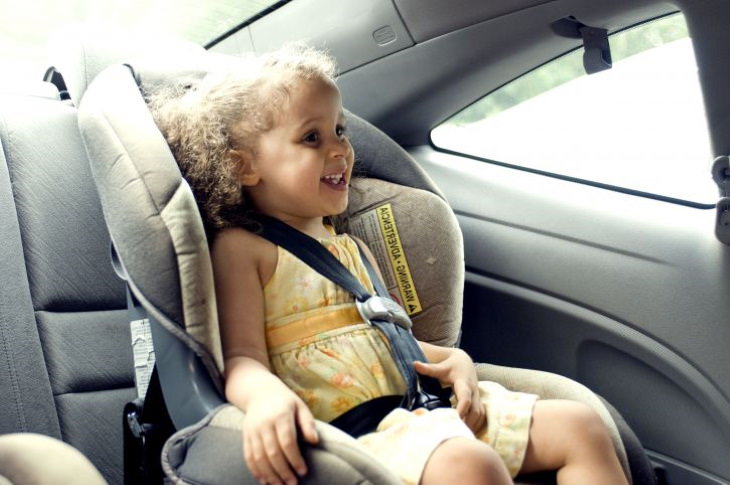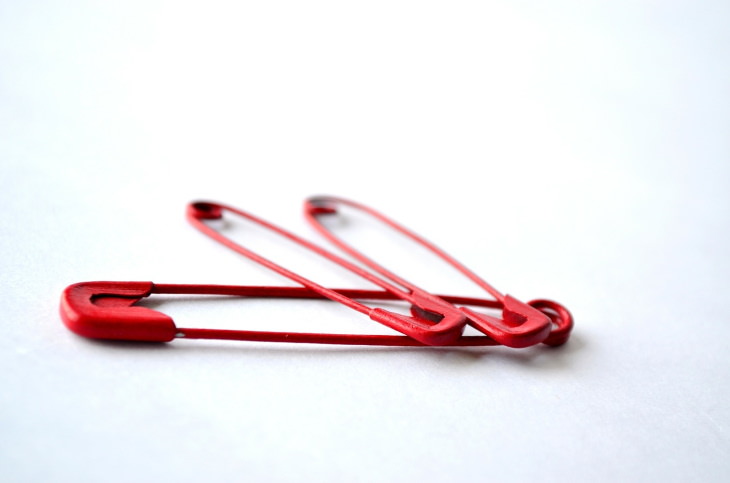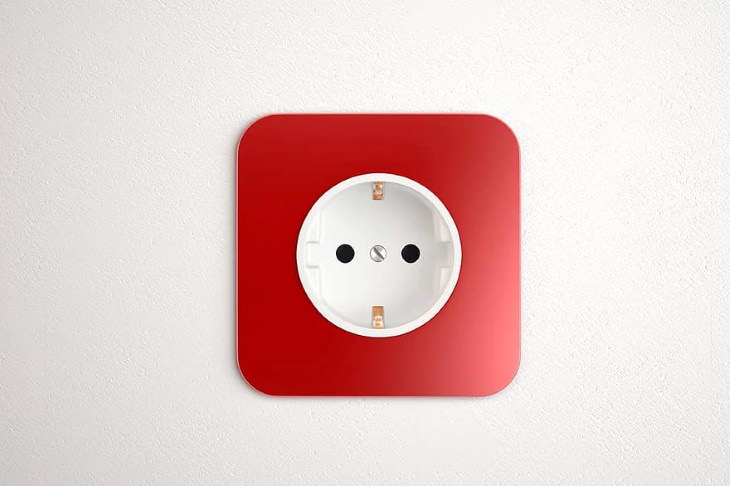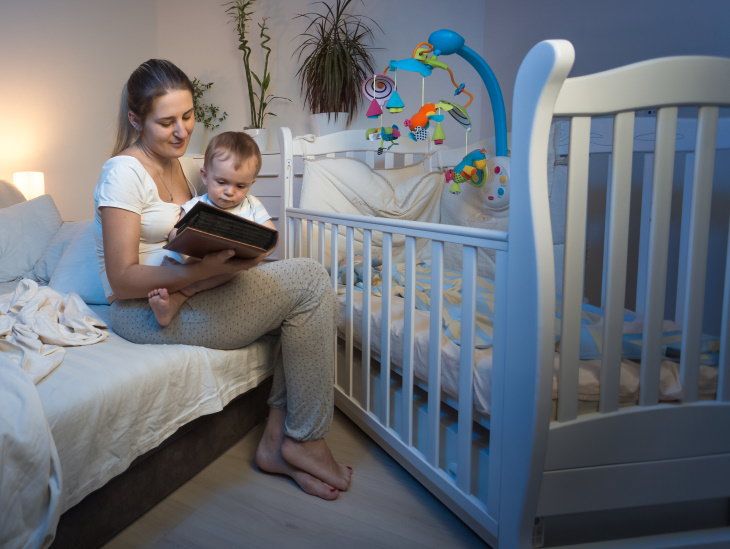1. Baby seats were not a thing!
It’s not just baby car seats, but also seatbelts that were lacking in most cars of the past. Although the first seatbelt was patented by English engineer George Cayley in the mid-19th century, it took another century for the invention of the three-point seat belt we all use today. Although many car manufacturers offered optional seatbelts since the 1950s, the public was unaware of the dangers of not wearing them, and it wasn’t until the 1980s that wearing seatbelts became law.
Before that, toddlers and younger kids were just moving around the backseat and often distracting the driver, which was extremely dangerous. In 1986, all 50 US states finally made baby seats mandatory and meeting crash test safety guidelines, and we haven't looked back ever since.
2. Diaper pins were a necessity
Although modern-day disposable diapers aren't perfect, as they have quite an enormous environmental impact, they are admittedly much safer and more comfortable for babies. Before disposable diapers became widespread in the 1970s, mothers all around the world had to work with reusable cloth diapers, which had to be secured by safety pins. These diaper pins were often brightly colored so that they were easier for parents to find on the perpetually moving and wiggling infants and toddlers.
This, unfortunately, made many kids attracted to the brightly-colored dangerous object, so much so that small children often swallowed them and open pins could be lodged dangerously in their throats. But even when parents managed to keep the pins away from their children, they would themselves sometimes accidentally prick or pierce the tender skin of particularly restless babies, so these pins were a danger all the way.
3. A common teething remedy was liquor
Teething is a seriously stressful period for both the baby and the parents, as the pain, itch, and discomfort the baby feels often pours out through lots of crying and sleepless nights. Today, there are numbing gels that contain local anesthetics that can be used to reduce the uncomfortable teething symptoms, but back in the day, these were nowhere to be found, and parents resorted to an old "remedy" that demanded rubbing brandy, rum, or other types of liquor on the baby's gums to calm them. In addition to that, most tonics marketed as a teething remedy contained alcohol, some of which were sold up until the 1990s!
Of course, we all know today that even the smallest amount of alcohol is extremely dangerous for a child, whose system is completely incapable of digesting the stuff. Essentially, for a baby, alcohol is a poison that suppresses the central nervous system, causes a rapid drop of blood sugar, and often results in seizures, coma, and even death. Therefore, make sure to keep all the alcohol in the house away from children, don't let them use mouthwash, and make sure all the treatments they ingest don't contain any alcohol.
4. Electrical outlet covers didn't exist
Babyproofing the house wasn't a thing in the past either, and kids were often left alone in a room with unprotected electrical outlets and easily accessible cupboards that contained dangerous household chemicals, sharp objects, and other potentially dangerous objects. Sometimes, these unwise practices lead to tragic results like injuries or worse, so we know today that setting up locks on cupboards containing dangerous equipment and babyproofing the power outlets is a necessity and not a luxury.
5. Drop-down cribs were commonplace
Drop-down cribs were extremely popular in the past, chances are you spent quite a lot of time in one yourself. The convenience of sliding down the side of the crib to easily pick up the child isn't a small thing when you have to lift the child from the crib several times a day, especially for a mother recovering after a C-section. However, this convenience feature also ended up being a serious safety concern. The main issue with these cribs is the sliding mechanism itself, with numerous cases of babies being stuck in-between the railing and suffocating when trying to free themselves. This is why the manufacture, selling, and even donation of these cribs have been made illegal in the United States since 2011.
Share this article with family and friends!





